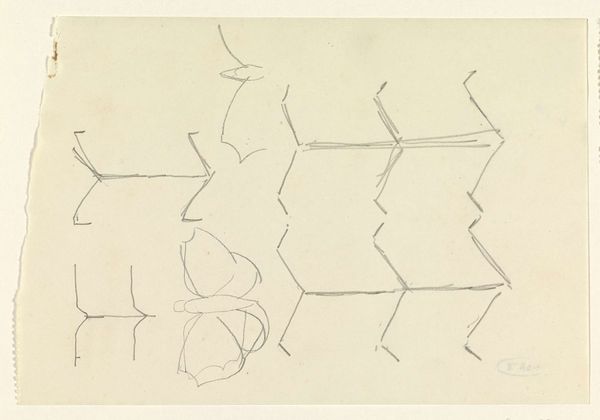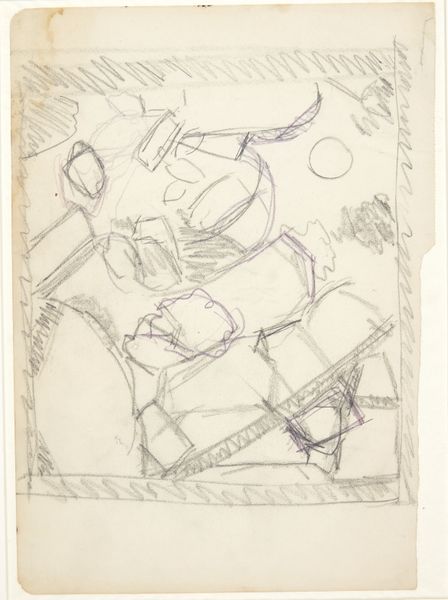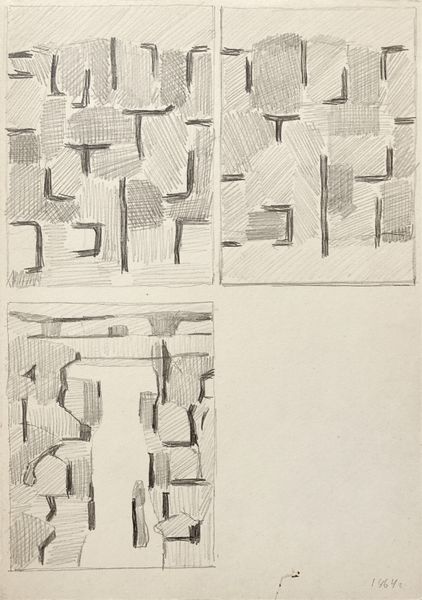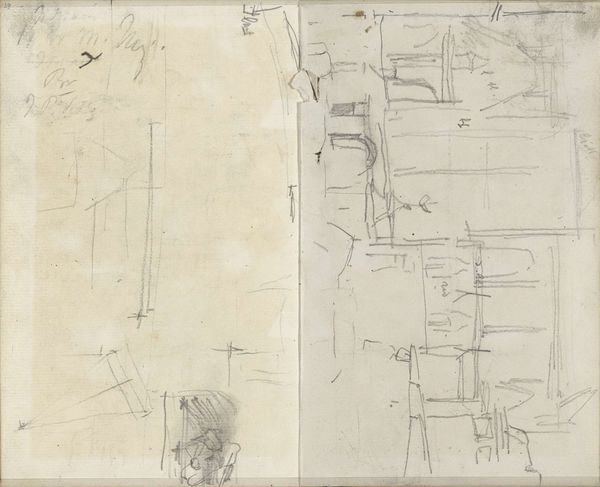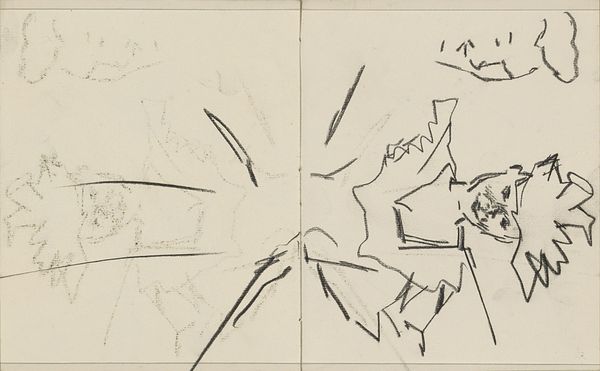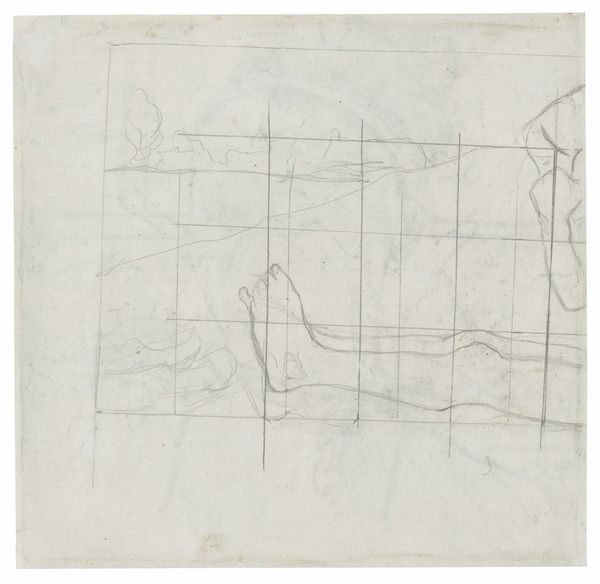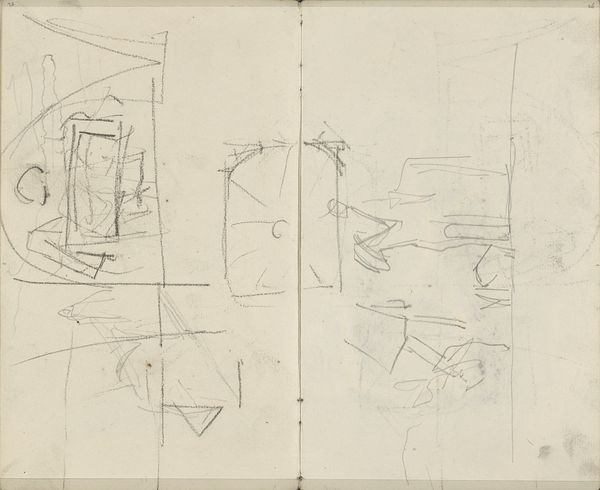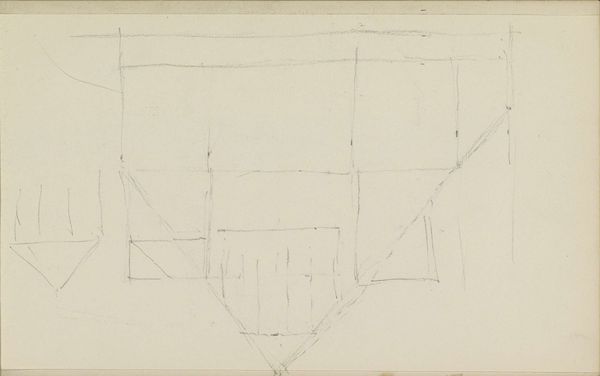
Ontwerpen voor ornamenten met patroon van zeshoeken 1876 - 1924
0:00
0:00
drawing, paper, pencil, graphite
#
pattern-and-decoration
#
drawing
#
art-nouveau
#
etching
#
paper
#
geometric
#
pencil
#
graphite
Dimensions: height 313 mm, width 210 mm
Copyright: Rijks Museum: Open Domain
Gerrit Willem Dijsselhof created this pencil design for hexagonal ornaments, now in the Rijksmuseum, at an unknown date. As a designer associated with the Dutch Arts and Crafts movement, Dijsselhof sought to integrate art into everyday life, rebelling against the mass-produced and impersonal aesthetics of industrial society. This drawing exemplifies his interest in geometric forms, combined with organic, stylized motifs, as Dijsselhof merges the precision of geometry with the fluidity of natural shapes. The hexagonal pattern can be interpreted as a symbol of order and harmony, reflecting the artist’s desire to find balance and unity in the visual world. To truly understand Dijsselhof's work, we must look at the artistic and social context. What sources might shed light on his aesthetic philosophy? And how did these ideas connect to the broader social and cultural debates of his time?
Comments
No comments
Be the first to comment and join the conversation on the ultimate creative platform.
